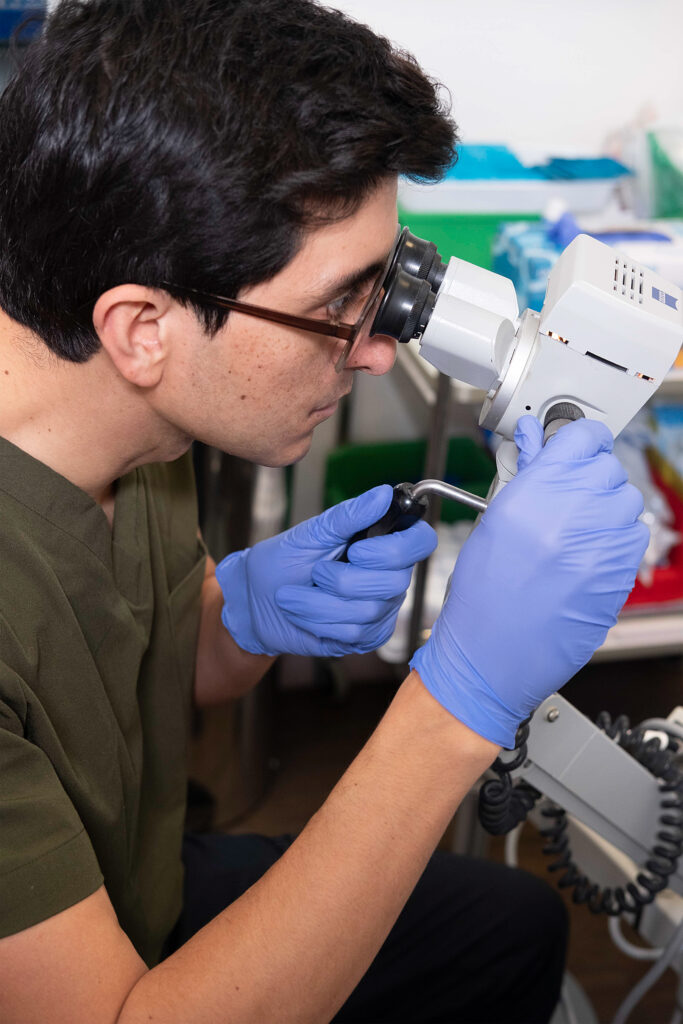HPV is the most common sexually transmitted infection in the world, affecting up to 80% of adults at some point in our lives. Infection itself is not a big deal, since many of us will be able to clear it with our immune system, but persistent infection with certain strains over the years can lead to cancers on the organs where the virus lives (those parts used for sexual activity). In decreasing order of prevalence, those are: cervix, throat, anus, vulva, penis, and vagina. In an ideal world, we would all be protected by the very effective vaccine that exists since 2006, but alas, it’s not an ideal world and sometimes we require treatment for the consequences of HPV.

One of my main scientific and clinical interests is HPV, partly because of its impact on a global scale and its role in sexual health. I have co-authored scientific publications on the topic, taught courses with the American Society for Colposcopy and Cervical Pathology (ASCCP), and have treated hundreds of patients affected by this virus. At The Mount Sinai Hospital in New York, I previously led the HPV, Cervical Dysplasia and GYN Infections Center of Excellence.
Infection by high-risk strains of Human Papilloma Virus (HPV) may lead to abnormal cellular changes (dysplasia) in the cervix, vagina or vulva that are precursors to cancers. Colposcopy is a technique utilized after an abnormal screening test (HPV test or pap smear) to more precisely diagnose the level of dysplasia and determine if treatment is necessary. Treatment options include topical medications, vaccinations, electrocautery or laser ablation, or excisional procedures such as LEEP or cold knife cone.
Different strains of HPV are also responsible for the appearance of vulvar, vaginal or anal warts, known as condylomas. Given the very sensitive location of these growths, treatment requires expert care to ensure full restoration of normal anatomy and sensation. Treatment may be medical, but options also include laser ablation or excision.
High-risk HPV can also infect the anal canal, leading to warts, pre-cancer, and cancer. Though this condition mainly affects older individuals, women with high-grade cervical dysplasia, men who have sex with men, or people living with immunocompromising conditions, others can become infected. Nowadays we also have HPV molecular tests for the anus, and even “anal paps” (cell-base testing), to screen for dysplasia. If a screening test is abnormal, you may require a more detailed exam called High-Resolution Anoscopy (HRA). As part of my commitment to treating the full spectrum of ano-genital HPV dysplasia, I completed the IANS (International Anal Neoplasia Society) course on HRA. In my practice, I see people of all genders, sexual orientations and sexual practices.
American Hospital of Paris
55 Boulevard du Château,
92200 Neuilly-sur-Seine
+33 (0) 1 46 41 26 99
2025 © Dr Ramírez Zamudio